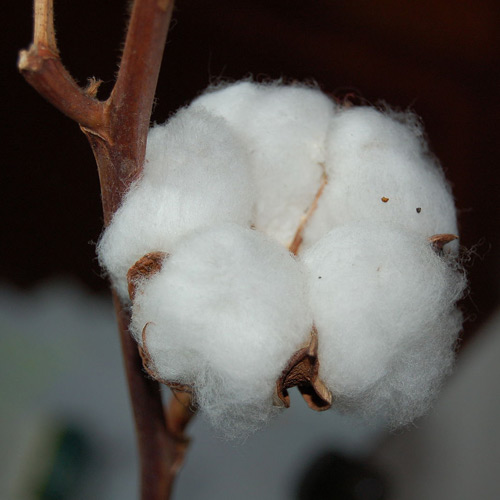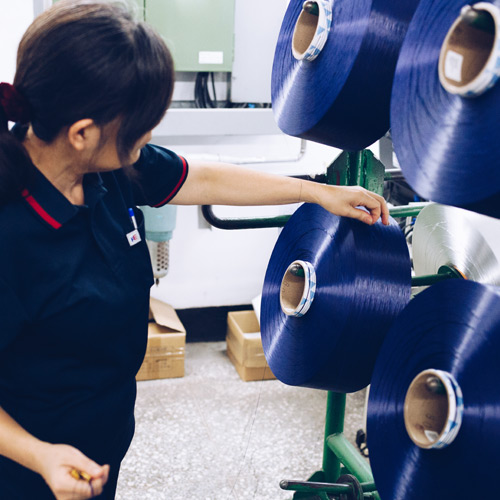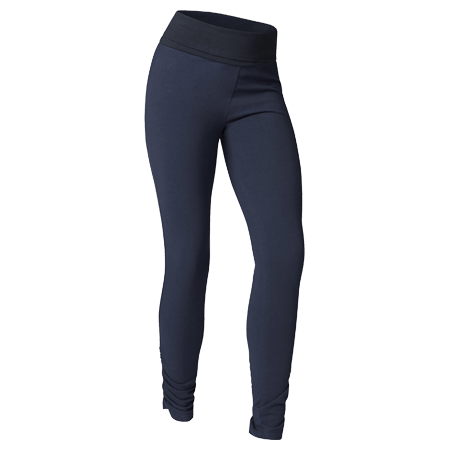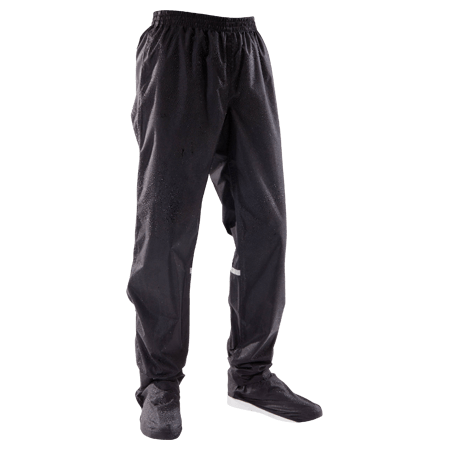WHAT
ECO-DESIGN
MEANS AT Decathlon
At Decathlon, we not only offer you high-performance sports products, but our teams are committed to design and create them in ways that are as environmentally-conscious as possible. This approach is called "eco-design".
At Decathlon, we not only offer you high-performance sports products, but our teams are committed to design and create them in ways that are as environmentally-conscious as possible. This approach is called "eco-design".
WHAT IS ECO-DESIGN?
Eco-design consists of incorporating a product's environmental impact into its design from the very beginning, taking into account the product's entire life cycle.
Incorporating environmental impact means minimizing the impact on the environment of our products, starting with their design.
A product that is designed (or redesigned) within an environmentally-conscious framework is a product that performs the same functions while also providing environmental benefits.
Raw Materials
extraction and processing
Production
manufacturing techniques
Transportation
from where is it made to where it is sold
Distribution
place and method of sale
Use
how it is used, cleaned, and maintained
End of life
repair, recycling, destruction
THE PRODUCT LIFE CYCLE

ENVIRONMENTAL LABELLING
How does this relate to eco-design?
To assist you in making responsible choices, in addition to taking an eco-design approach, we have started to assign an environmental rating to some of our products
These environmental ratings allow you to compare the environmental impact of products within the same family (for example, the short-sleeved T-shirt family).
An environmental rating (A to E) is displayed on the evaluated products. This rating system, previously used on household appliances, is now being expanded to other products based on calculations by our product engineers, in order to allow you to compare their environmental impact. This rating is calculated based on the product's entire life cycle. It is currently available on 48% of our products.
IN PRACTICAL TERMS
Eco-design principles can be applied to various aspects of a product. These principles are designed to reduce the product's environmental impact. Following are a few examples
-
Organic cotton
Organic cotton is grown without the use of chemicals. Organic cultivation methods have been specifically designed to reduce the impact on the environment. It helps preserve biodiversity and soil fertility, and reduces the risk of polluting groundwater tables.
-
Dope dyeing
Textile dyeing is a process that requires a great deal of water and also generates water waste from dyeing vats. To reduce this environmental impact, we choose dope dyeing (also called solution dyeing), which integrates the color pigments into the fibre when manufacturing the thread itself rather than being applied later through traditional dyeing processes.
-
Recycled polyester
By recycling plastic bottles or textiles to produce our polyester, we reduce the use of petroleum-based resources while preserving the fabric's breathable qualities.
-
Yarn
To reduce the environmental impact of water consumption and waste water in the manufacturing process, we use only one out of every two solution-dyed threads, reducing water use and its impact.
WE DON'T STOP THERE
Our mission is to make the joys and benefits of doing sport accessible to as many people as possible, in a sustainable fashion. This is why we at Decathlon have committed to creating our products using an eco-design approach. At present, over 400 eco-designed products are available around the world.. However, these make up only a small fraction of our total product catalogue. So in light of the challenges of climate change and overconsumption of natural resources, our Decathlon teams have established a goal of designing 100% of our new products using an eco-design approach by 2021, reducing our impact on the environment.
We understand that there is still much to be done in order to reduce our environmental impact, and we are determined to continue to forge ahead towards sustainable change. If you'd like to know more about our commitment to sustainable development, please visit our website :











